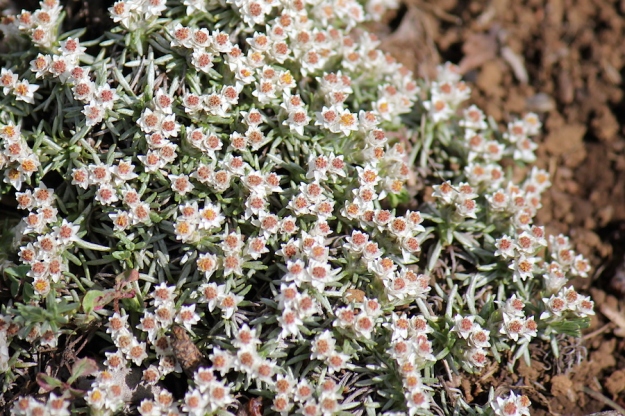Christeen Grant of “Sitamani”:
As we were away for most of September here are a few snapshots of my sightings in the first week.
Ian and Jenny Lawrence of “Endeavour”:
Short way from house were 4 Wattle Cranes; 3 Blue Cranes and 5 Grey Crowned Cranes at the same time, feeding. The Blue Cranes are family, those who nest annually down at the wetland on the farm.
David and Wizz Lawrence of “The Willows”:
Four Reedbuck in the wetland; Speckled Mousebirds and Cape Robin-Chat
Bruce and Bev Astrup of “Highland Glen”:
Spotted Eagle Owl at various times in the night
Barbara and David Clulow during brief visit to Boston Country Club:
Greater Striped Swallow nest above back door of Clubhouse – their second attempt.
Presentation on 4 October 2015 at Boston Country Club on Boston birds
Very informative and well received. It was clearly reported that Boston remains a particularly rich area for birding and the number of species seen is indicative of this fact though some are under similar threats as in the rest of the country.
Caroline McKerrow and Terry Cuthbert both reported seeing a Hamerkop regularly in their region.
Crystelle Wilson of “Gramarye”:
The appearance of Yellow-billed Kites is a sure sign that Spring has arrived and migrant species are on their way back.
The Dark-capped Yellow Warbler is already in full voice and the others should soon add their voices to the chorus.
The bishops, weavers and widowbirds are changing into their breeding gear, showing some very odd feather combinations, as does the Pin-tailed Whydah.
The SABAP2 list for Elandshoek 2935_3000:
Blacksmith Lapwing, Amethyst Sunbird, Fork-tailed Drongo,
Pin-tailed Whydah, Yellow Bishop, Sombre Greenbul, Cape Canary, Southern Double-collared Sunbird, Black-shouldered Kite, Yellow-fronted Canary, Pied Starling, African Spoonbill and Grey Heron (striking up an unlikely friendship),
Speckled Pigeon, House Sparrow, Red-billed Quelea, Cape Longclaw, Jackal Buzzard, (this bird with immature plumage)
Red-throated Wryneck, Black Saw-wing, Cape White-eye, Southern Grey-headed Sparrow, Village Weaver, Dark-capped Bulbul, Cattle Egret,
Common Fiscal, Cape Sparrow, White-throated Swallow, Pied Crow, Speckled Mousebird, Dark-capped Yellow Warbler, Fan-tailed Widowbird, Brimstone Canary
Black-headed Heron, Red-necked Spurfowl, Levaillant’s Cisticola, Common Moorhen, Little Grebe, Red-capped Lark, African Pipit, Cape Weaver, Yellow-billed Duck, White-breasted Cormorant, Reed Cormorant, Bokmakierie, Southern Boubou, African Dusky Flycatcher,
Spotted Eagle-owl, Brown-throated Martin, African Darter, Black-headed Oriole, African Hoopoe, Cape Wagtail, Drakensberg Prinia, African Sacred Ibis, Long-tailed Widowbird, Southern Red Bishop, African Rail, Cape Crow, Common Waxbill,
Egyptian Goose, Spur-winged Goose, African Stonechat, Hadeda Ibis, Cape Grassbird, Helmeted Guineafowl, Cape Turtle-dove, Red-eyed Dove, Cape Robin-chat, Olive Thrush. And on 28 September I took possibly the last photograph of the Grey Crowned Crane chick which was ringed at Gramarye in February.
By now the bird has learned to fly, dance and perch on a tree to roost at night. It is moulting into adult feathers and has probably joined the floater flock of cranes in the district. I wish it a happy and successful life ahead!

















